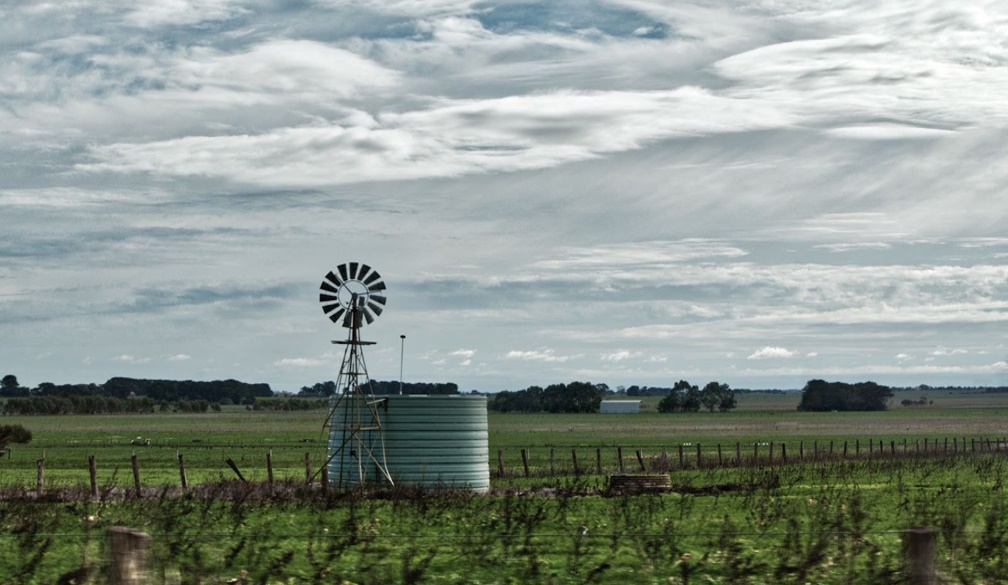The Long History of Storage on Australian Farms

Main Takeaways:
♦ Traditional farm storage couldn’t keep up with shifting needs
♦ Containers offered a fast, affordable alternative with built-in flexibility
♦ Farmers now customise containers for everything from feed to chemical storage
Farming in Australia has been shaped by harsh climates, vast distances, and a deep reliance on resilience and innovation to stay productive through droughts, floods, and shifting market demands. Long before containers showed up on rural properties, storage was a permanent fixture. Corrugated iron sheds dotted the landscape, often built by hand or handed down through generations. Graiwas stored into underground silos, tools were stacked in lean-tos, and chemicals were locked away in makeshift timber cupboards. These setups were effective, but only within their respective limits. They were expensive to build, difficult to relocate, and almost impossible to modify once they were in place.
For landholders on leased or transitional acreage, investing in ample permanent storage never quite made sense. And for smaller operators without the resources of a corporate farm, every dollar tied up in infrastructure couldn’t be spent on feed or repairs. Over time, these constraints pushed farmers to think more practically. Storage didn’t need to be traditional—it just needed to work.
What Made Containers a Practical Alternative
The first containers showed up quietly. Someone needed temporary storage for quad bikes. Someone else needed to keep the seed dry during a late-season delay. Steel boxes sitting on blocks seemed out of place at first, but they solved problems that sheds couldn’t. They were sealed, lockable, and strong enough to handle floodplain weather.
As word spread, the second-hand container market grew. You didn’t have to lay a slab or wait for a builder. You could get one delivered within a week, drop it near the paddock, and start using it that afternoon. And if you needed to move it later, you could.
This shift wasn’t just about convenience. As climate pressures increased and seasons grew less predictable, farmers needed systems that could adapt. A container offered that adaptability. It could store seed one year, be used as a workshop the next, and hold machinery parts during a dry run after that. What started as a temporary measure soon became an integral part of the long-term plan.
Why the Industry Now Offers
Once container use expanded beyond cities and ports, suppliers began to adjust their operations. Many started offering shipping containers for sale Australia-wide, not just in capital hubs. Regional customers wanted choices—standard 20-foot units, insulated reefers, high-cube options—and they wanted them delivered without the hidden costs.
The logistics improve, too. Forklift unloads gave way to tilt-tray trucks that could reach remote areas. Customisation also became part of the deal. Farm-specific fit-outs, such as ventilation, shelving for tools, and moisture control systems, became standard upgrades. What was once a plain steel box could now serve as a spray-safe chemical shed, feed store, or pump house.
The growth wasn’t driven by marketing. It was driven by necessity. Farmers were asking for better storage that could keep up with their pace, and the container industry responded with nationwide access and farm-ready options.
How Farmers are Customising their Setups
If you drive through grain country or grazing land today, you’ll see how much this storage solution has evolved. Some farmers use containers as secure chemical lockers, kept well clear of machinery to meet compliance rules. Others modify them with mesh windows and passive vents to store seed stock through summer without risking spoilage.
A few have gone further. Cold storage containers, designed initially for food transport, now sit on sheep stations powered by solar energy. High cube units are being linked together for shearing setups or temporary worker housing. For mixed farming operations, containers offer something else: the ability to expand storage without overcommitting.
There’s also a security benefit. Steel walls deter thieves far better than timber. Rodent problems drop away, and bushfire risk is reduced when containers are placed correctly. You can anchor them if needed or leave them freestanding. For a sector accustomed to working with what’s on hand, containers offer rare flexibility without compromising on durability.
Conclusion
The demands of farming shift from year to year, and so do the tools that support it. What hasn’t changed is the need for reliable, adaptable storage—especially on properties where space is vast but budgets are tight. Containers have evolved from being a workaround to a genuine solution, designed to suit the way farms operate. They’ve slotted into a gap that traditional infrastructure couldn’t fill, and they’ve done it on farmers’ terms. Whether you need something quick before harvest or are planning long-term for expansion, container storage is proving to be a practical part of the rural landscape.














